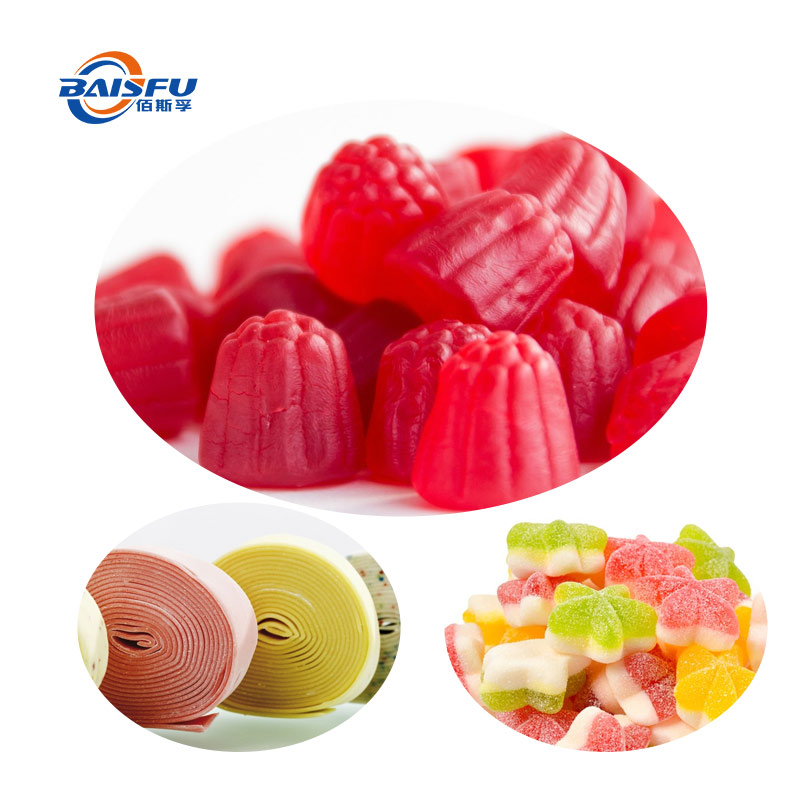What is Food Flavoring?
Food flavorings are food additives prepared through natural extraction, chemical synthesis or biotechnological means. They are mainly used to enhance, restore or simulate the flavor and aroma of food and are the core elements in enhancing the appeal of products in the modern food industry. Its applications are extensive, covering multiple fields such as food and beverages, health and medicine, pet food, and daily chemical products.

In food and beverages, it compensates for flavor loss during processing (such as the loss of aroma after high-temperature sterilization of fruit juice), and helps plant-based foods (such as vegetarian meat and oat milk) simulate the taste of traditional animal products. In the field of medicine, it is used to improve the palatability of children’s drugs or health products; In daily chemical products, it provides food-grade fragrances for toothpaste, lipsticks, etc. With the upgrading of consumer demands, industry trends are showing “naturalization”, “precision” and “functionalization” – natural flavors have seen a sharp increase in demand due to the Clean Label trend. Flavor omics technology helps to precisely replicate natural flavors, while microcapsule technology achieves the slow-release and high-temperature resistance of flavors. However, the industry still faces challenges such as disputes over the safety of synthetic fragrances and the high cost of natural raw materials. The global market size has exceeded 10 billion US dollars. As the growth core in the Asia-Pacific region, China seeks a balance between technological innovation and regulatory supervision (such as the GB 2760 standard), promoting the development of food flavors in a safer and more sustainable direction while meeting diverse taste requirements.


